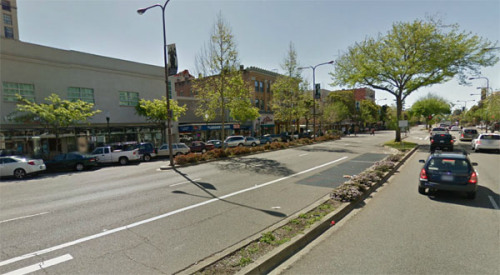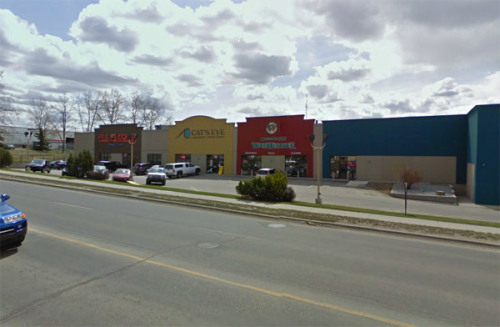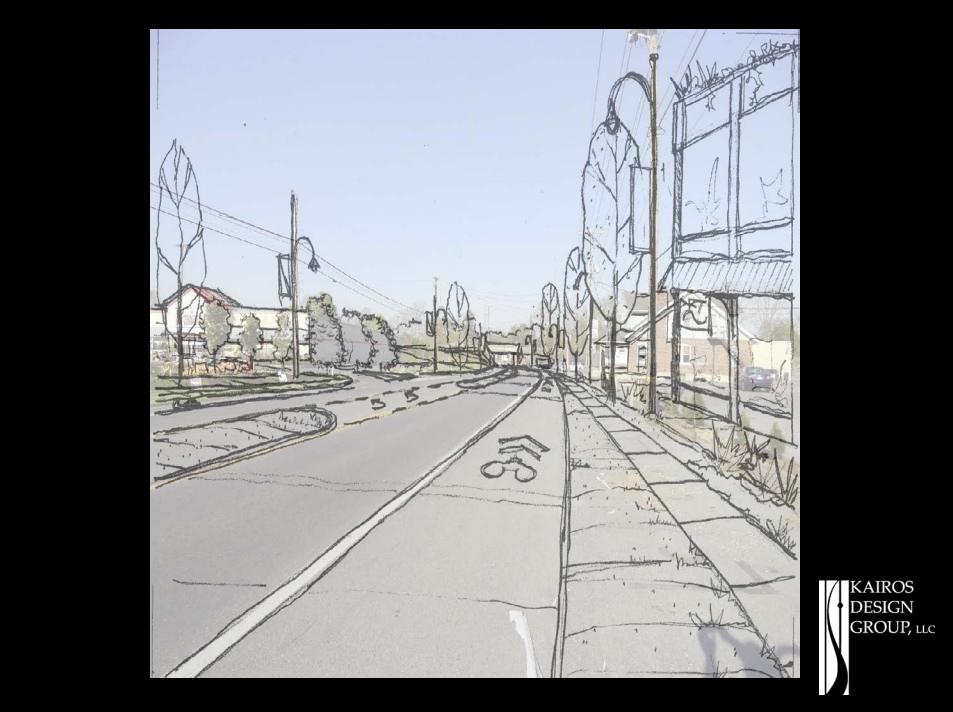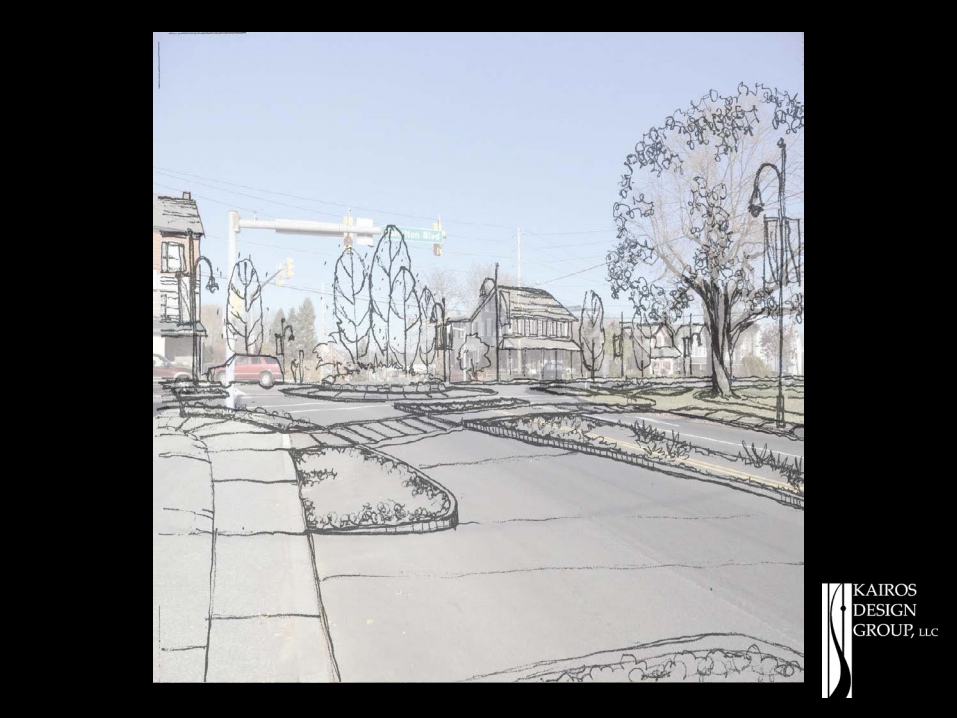We’re about to spend 125,000 in grant money to “identify a complete street strategy for the Hamilton Boulevard corridor emphasizing land use changes, public transit, and intermodal amenities“. This is a joint project of Upper & Lower Macungie and Penndot.
I ordered “The Boulevard Book – History, Evolution and Design of the Multiway Boulevard” a couple weeks ago. Last week I was able to start getting into it. Having read through the introduction and first couple of chapters I’ve found it to be a fantastic read.
The intro clearly lays out the value of a true boulevard concept. They are statistically safer and more aesthetically pleasing while increasing property value for adjacent properties. The book contains an immense amount of research and documentation. It also lays out the artificial and flawed reasoning why we no longer build grand avenues and boulevards.
Our commissioners have pledged to build a “world class boulevard”. A concept I am 100% in agreement with. A true blvd. pays close attention to many important concepts. Livability, mobility, safety, economic growth and open space to name a few. The opposite of a blvd. would be a commercial strip. Where a boulevard becomes a living part of the fabric of a community, a commercial strip slashes it’s way through a community killing property values creating congestion and ruining quality of life. A true boulevard is a value capture machine vs. strip arterials which almost always cost more in terms of liabilities then they produce in revenue.

This attractive and very functional boulevard accommodates a lot of traffic,
encourages walking, and still allows for parking in front of the building.

This strip mall on an ‘arterial’ lacks the character of the above boulevard. Most suredly property values are lower across the street from this place. This is not a place where many people would want to walk or spend time in other then in a car going from one place to another.
I will be copying the intro from this book and giving it to our commissioners. I see it as essential reading as we begin the PCTI study. A main point of the book is how today’s design criteria that focuses exclusively on the automobile and incorrect superficial assumptions about what makes a good street inevitably leads us to build statistically dangerous and soul-less places. If we are to build a “world class boulevard”, then we have to get past these roadblocks.
There are so many ingredients that go into a boulevard. Traffic flow, parking, delivery of services, walkers, bikers and of course how frontages interact with the boulevard in a cohesive fashion.
I believe currently there is a disconnect between what we are saying and what we are doing. It’s no secret I am no fan of recent land development plans that are in my opinion counter to the goals of a blvd. Namely projects like the very “strippy” potential “American Kitchens” tract. Others recently such as “Shepards Crossing” are better considering our low bar but in my opinion we can push the envelope even more.
Yes, there is a learning curve between concept and changing our zoning to match the concept. But in the meantime we can be more aggressive in soliciting buy in from developers. Developers who can then request the appropriate variances to build context sensitive designs. Afterall we gave 88+ variances (some major) to Hamilton Crossings for the potential shopping center. You would think we could grant some to accomodate the goals of the boulevard project.
The Kairos group is the firm contracted to lead the PCTI study. The power point presentation was loaded onto the twp. website. I think alot of the stuff included in the presentation is wonderful. The Kairos group talks about some of the concepts in the boulevard book. For example, the roadblocks to building great places. They talk about the conventional approach vs. a context sensitive approach. I think it is critical to understand these two sometimes subtle but different approaches. The conventional approach is more likely to produce something more like the “strip arterial” above. Vs. the context sensitive approach which is more likely to produce the avenue above.
Here are some examples from the Kairos group that show what Hamilton could look like with a little vision, some regional cooperation and real buy-in by our elected leadership.

Hamilton Boulevard as it currently looks overlayed with an artists rendering of a boulevard concept.

Hamilton and Brookside intersection. Right now at certain times this is a heavily congested mess. A roundabout would allow the intersection to flow much more freely. Roundabouts are also proven to be much safer both for cars and pedestrians. Imagine working in the office buildings on Brookside and actually being able to walk to lunch at Hunan Springs without taking your life into your hands.
